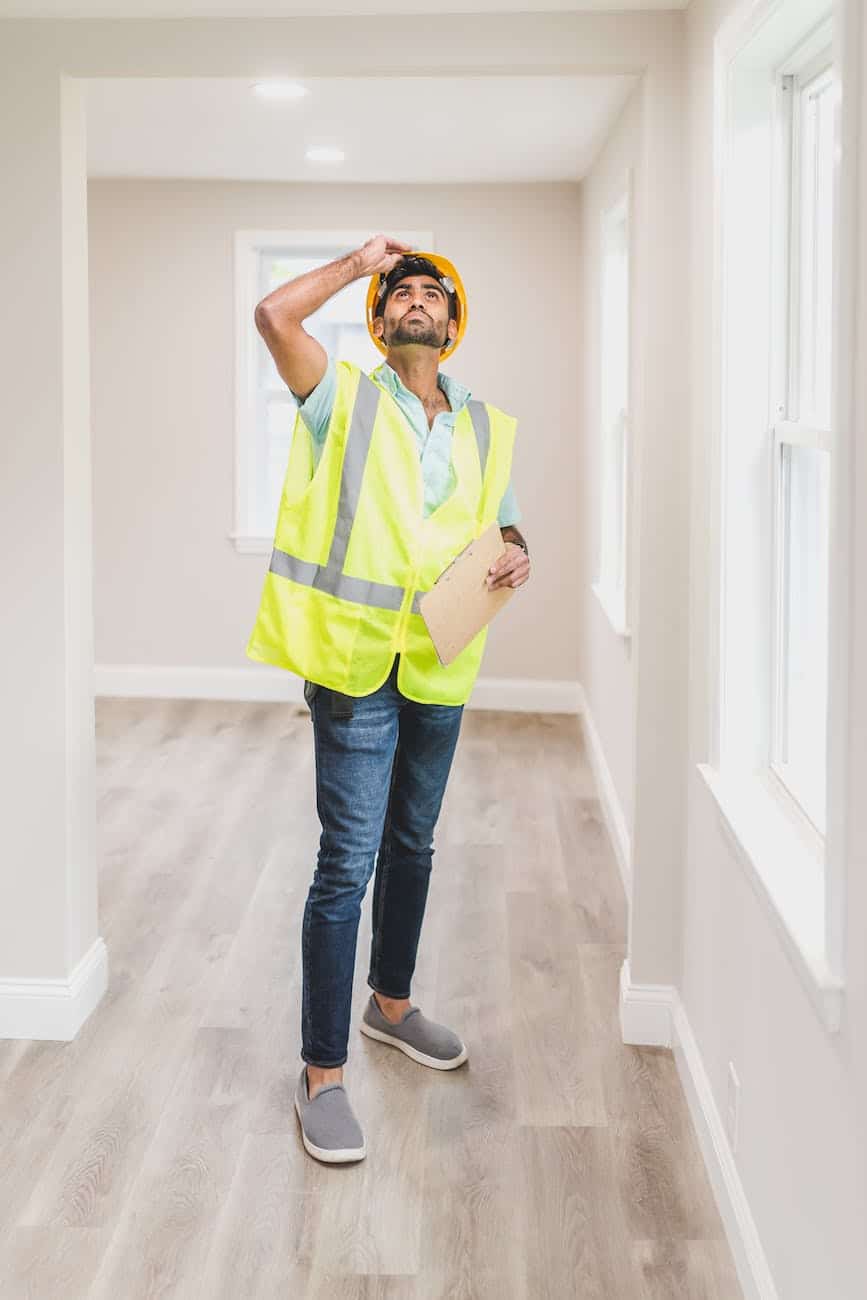Featured
Before purchasing a home it is imperative to have a home inspection. They’re like a medical checkup, pinpointing potential problems, and existing problems, and they allow buyers to make a well-informed decision regarding the purchasing of the home. A well-conducted home inspection can save homebuyers a lot of money in unforeseen home repairs whether it’s a newly built home or an older one.
The last thing you want to do is pay full price for a home that is going to require repair after repair after repair in the very near future. Here’s what to expect with a new home inspection.
4 Things to Expect From Your New Home Inspection

Base
Most people think that just because a home is a new build that all of the proper building protocols have been followed and that no building errors have been made. But the BSS Group Melbourne knows how to conduct the crucial inspections during the construction process that ensures construction is up to code and free from mistakes.
The base of the home is thoroughly inspected. The inspector will be looking for water drainage issues that could affect the foundation. They’ll also be checking the dimensions, the footing, the waffle pods, waterproof membranes, and the steel reinforcements. They may even ask for documentation from a structural engineer. This check happens through the building process.
Frame
A detailed inspection of the metal or timber framing is another essential step in a new home inspection. The inspector will be checking structural connections as well as the engineer’s specifications. At this point, other general construction issues would also be assessed and addressed, including the alignment and levelling of the framework to the slab, adequate bracing of roof trusses, doors and window frames, and levelling of the structural floor. Any one of these issues would need to be corrected before the next phase of construction continues.

Lock-Up
In this phase of inspection, the external wall claddings are inspected in detail. The lock-up inspection includes things like the bargeboards and gutters, roof claddings, external doors and windows, flashings and weep holes, and articulation joints. This part of the inspection typically occurs after the first three courses of brick have been laid to ensure that excess mortar is removed from the waterproof course membrane.
Pre-Plaster
The pre-plaster inspection isn’t usually done at any particular time during the construction, but it’s best to conduct this phase of the inspection around the same time as the framing and lock-up. The pre-plaster inspection includes electrical wiring, internal and perimeter wall insulation, proper bath installations and frame damage.

Final Inspection
After the construction is complete and before the home is handed over to the buyer, a final inspection must be done. The home inspector will be rechecking all of the previous inspections and a few others. This ensures that nothing was overlooked or that new developments that need remedying haven’t presented themselves.
Sometimes issues with the inspections can lengthen the time of construction. But taking the time to inspect all of these items as a new home is constructed is the best way to be sure that your new home is structurally sound and will hold its integrity for many years to come.























